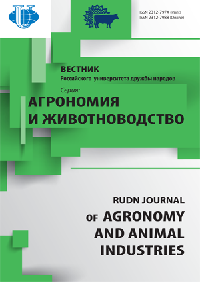Pollen grain size of some species of Galium section Platygalium (Rubiaceae) have been studied in diploids
(2n = 2× = 22, in G. boreale, G. valantioides, G. broterianum), tetraploids (2n = 4× = 44, in G. boreale),
hexaploids (2n = 6× = 66, in G. boreale) and in dodecaploid (2n = 12× = 132, in G. rubioides),
and many other species and specimens related to section Platygalium. Pollen grain size, for G. boreale
diploide (P = 16.68 μm, E=15.76 μm), G. valantioides (P = 15.82 μm, E = 14.69 μm), G. broterianum
(P = 15.94 μm, E = 14.97 μm); for G. boreale tetraploids (P = 17.15 μm, E = 17.21 μm); for G. boreale hexaploids
(P = 18.83 μm, E = 18.80 μm) and (P = 20.87 μm, E = 21.63 μm) G. rubioides dodecaploid, was positively
correlated with ploidy level. The results verify the expected correlation between mean pollen diameters
and ploidy levels, and demonstrate that apparent di-, tetra-, hexa- octa-, deca-, dodeca- and possibly
higher polyploidy occur among the species of sect. platygalium. Palynomorphological data revealed that
in sect. Platygalium, pollen size can be directly associated with chromosome number and can also be
used as an additional tool to establish evolutionary trends and taxonomic relationship among species.


